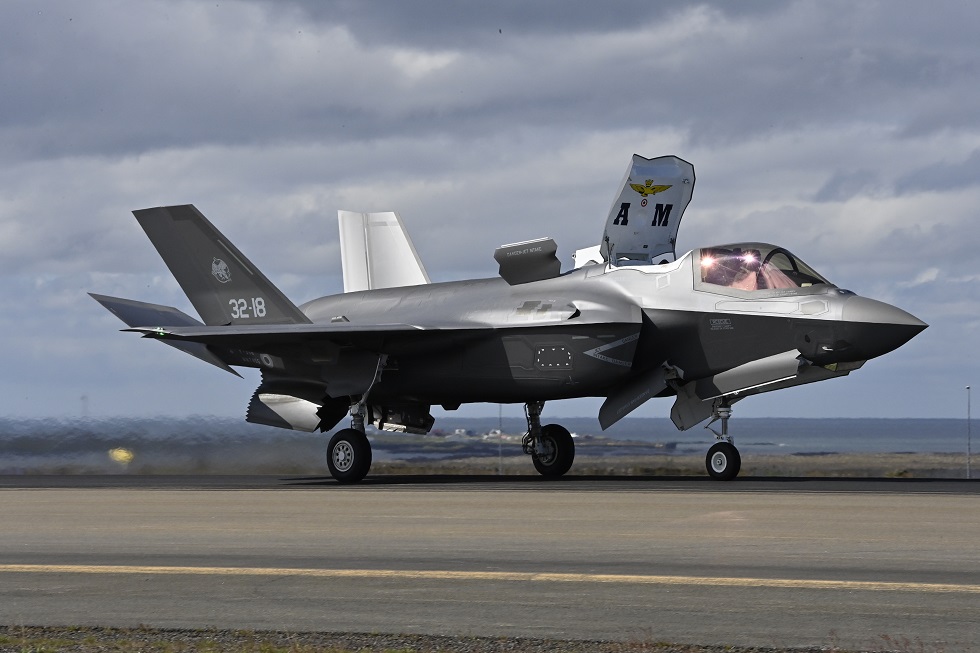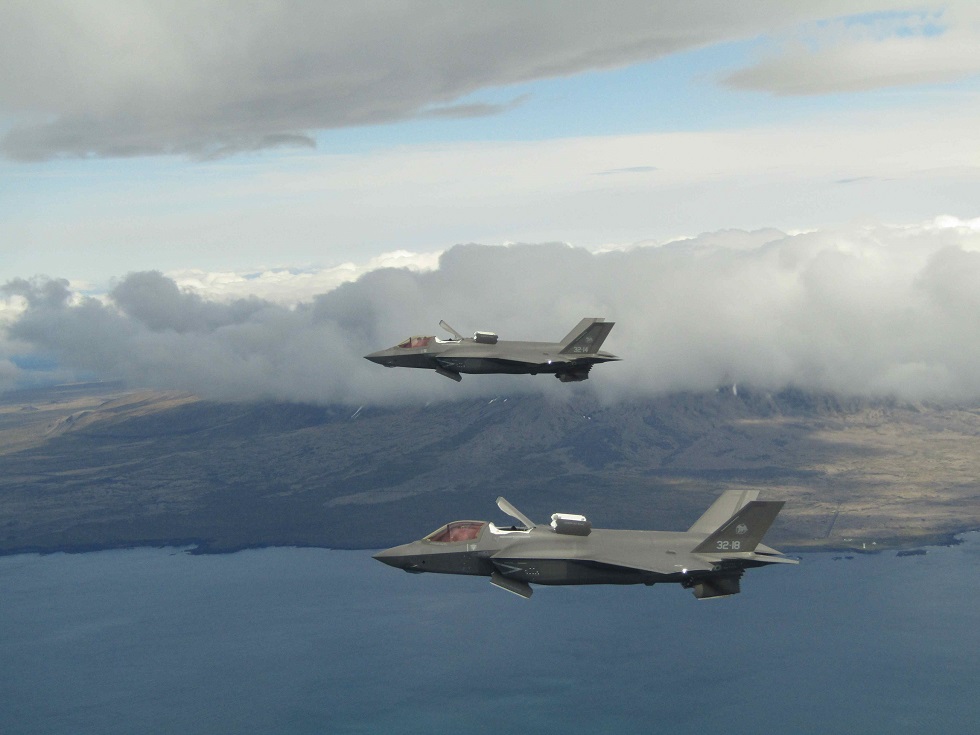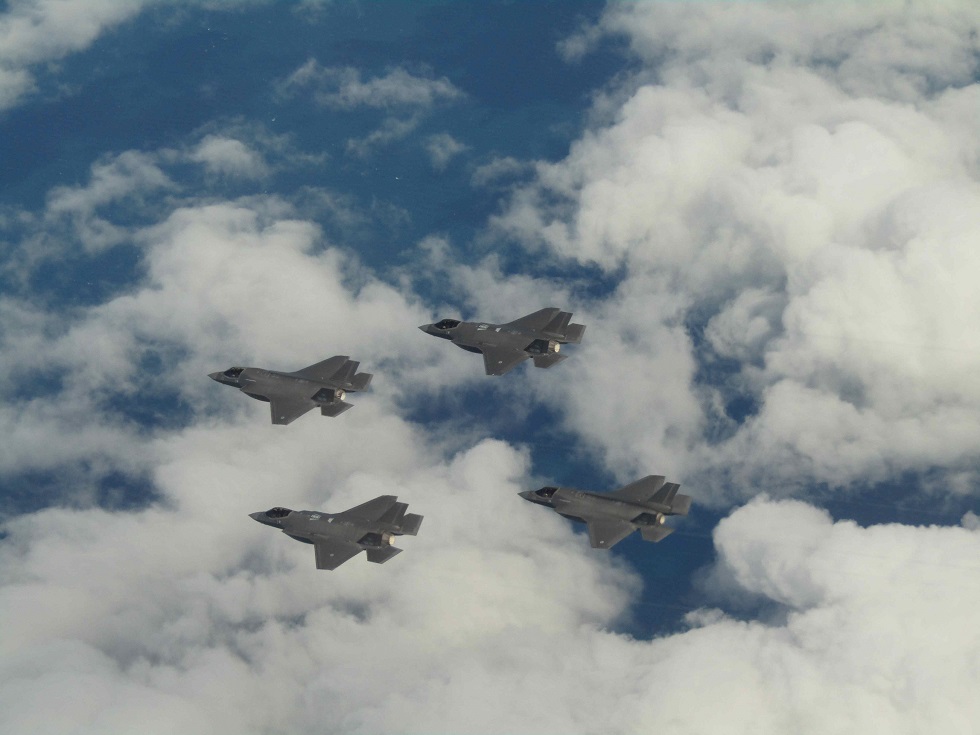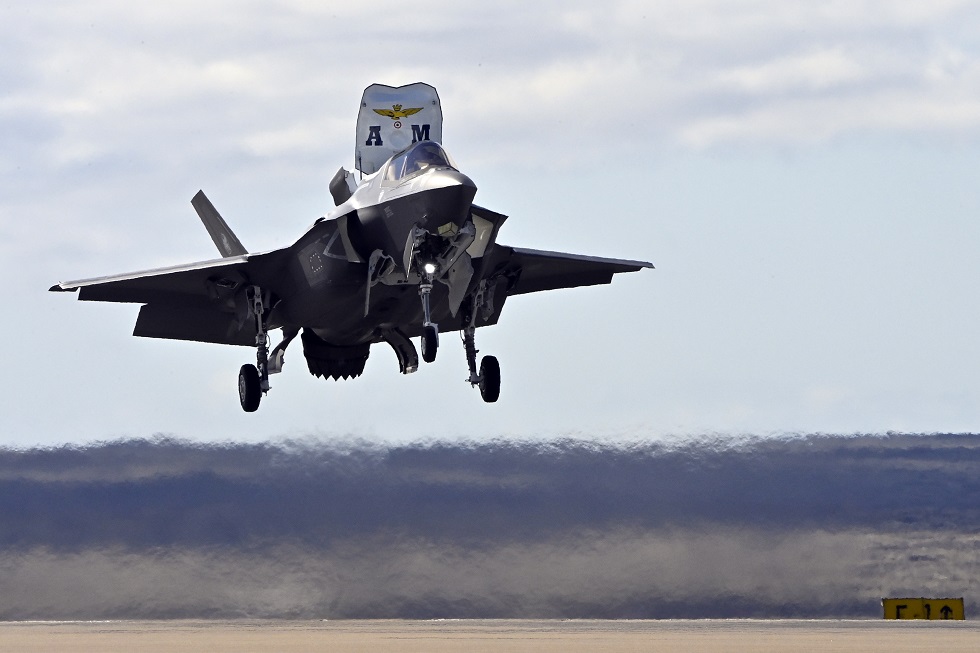In recent days, from 20 to 27 June, the “Thunder” exercise was held in Iceland which had as its purpose to conduct training activities with the F35-B aircraft of the 32nd Wing of the Italian Air Force in remote areas and semi-permissive environments, characterized by harsh climates and short-length runways not suitable for conventional fighter aircraft. For the occasion, a package of rapid intervention forces was used, with a reduced logistical impact, which was redeployed for a limited and limited period of time on the Icelandic airport of Keflavìk, where four F35-A of the 32nd Wing have been redeployed since April for the NATO Air Policing operation “Northern Lightning III”.
This is an absolute novelty: for the first time, in fact, a pair of F35-B STOVL (Short Take Off and Vertical Landing) of the 32nd Wing has been redeployed outside the national borders as part of an international scenario. The Italian Armed Forces carried out the transfer of the aircraft in total autonomy, using specific assets including a KC-767A of the 14th Wing of Pratica di Mare, which ensured the refueling in flight and the transport of materials and personnel, and a C-130J of the 46th Air Brigade of Pisa with Search and Rescue functions.

The exercise allowed to continue the path of consolidation – already started two years ago by the Italian Armed Forces – of the Air Expeditionary capability, allowing to act in peculiar operational contexts such as damaged or reduced runways, as well as on the airport sites with limited technical-logistical equipment. Once again the 5th generation aircraft, considering its remarkable versatility of use, has proven to be a fundamental asset for the Armed Forces especially in terms of completing the rapid projection capacity of the Aerospace Power away from the motherland.
The Air Expeditionary capability, which is a clear expression of aerospace power, while respecting the pillars on which air supremacy is based, cannot be separated from two key factors: time and distance. These, which are both closely related to altitude, speed and range of action, have as a direct consequence the fact that the Weapon System used together with the reduced logistics of adherence, become decisive for the success of the mission to be performed.
The F-35B, with its own STOVL characteristics, which allow it to operate close to the front line and therefore to redeploy practically anywhere in the world, even far from the coasts and the main airports, amplifies two other decisive elements in military operations (especially in semi/non-permissive scenarios), such as ubiquity and persistence. This translates into a rate of sorties higher than that of a classic aircraft, significantly reducing the time of action and further increasing the effectiveness and efficiency of the air intervention.

The 32nd Wing, based in Amendola (Foggia), is one of the Flight Departments of the Air Force dependent on the Italian Air Force Command of Rome, through the Combat Forces Command of Milan. First Department in Europe to operate with the F-35A aircraft which, since March 2018, is integrated into the National Air Defense system, contributing to the defense of the Italian skies with specific operational capabilities and latest generation technology. After reaching the Initial Operational Capability (IOC), which took place in 2018, it also participates, since 2019, in NATO Air Policing Operations outside national borders.
The 32nd Wing is the only Department, in the European panorama, that jointly employs both F-35A (CTOL) and F-35B (STOVL) – since February 2020 – contributing, with the 5th generation aircraft, to the Air Expeditionary capacity of the Armed Force. In addition, using the MQ1-C and MQ9-A Remotely Piloted Aircraft (APR), the Department carries out Intelligence, Surveillance, Target Acquisition & Recoinnissance (ISTAR) operations, both national and coalition. Finally, through the MB-339 aircraft, the 32nd Wing completes the training of APR pilots to maintain the expected adequate operational level even on traditional piloted aircraft.


